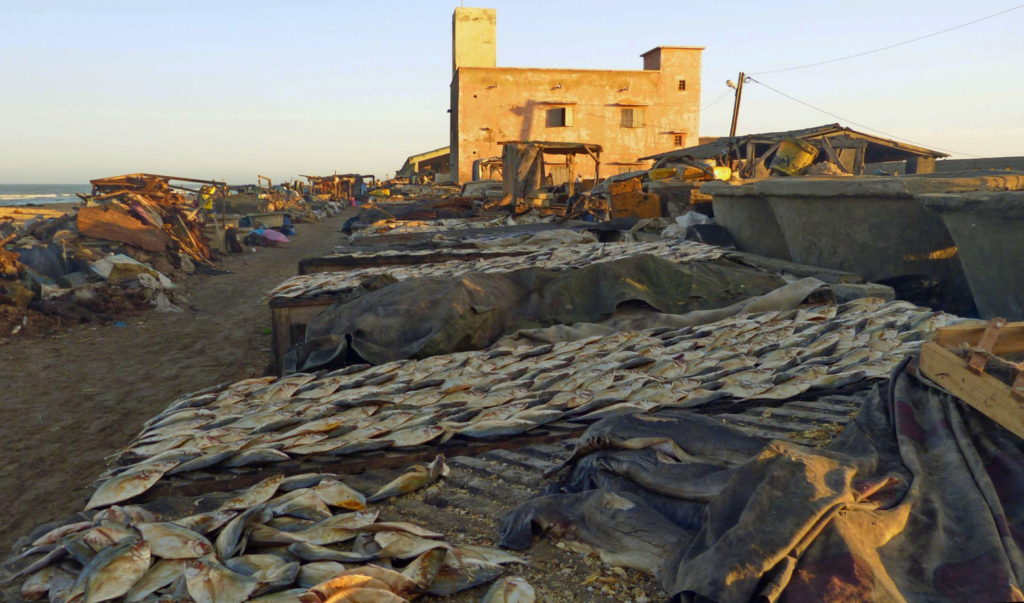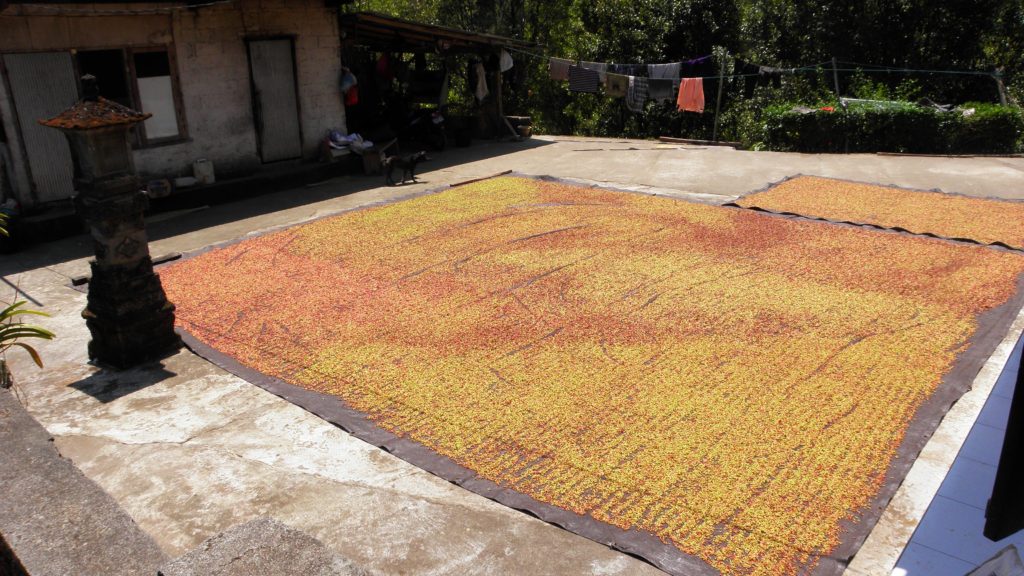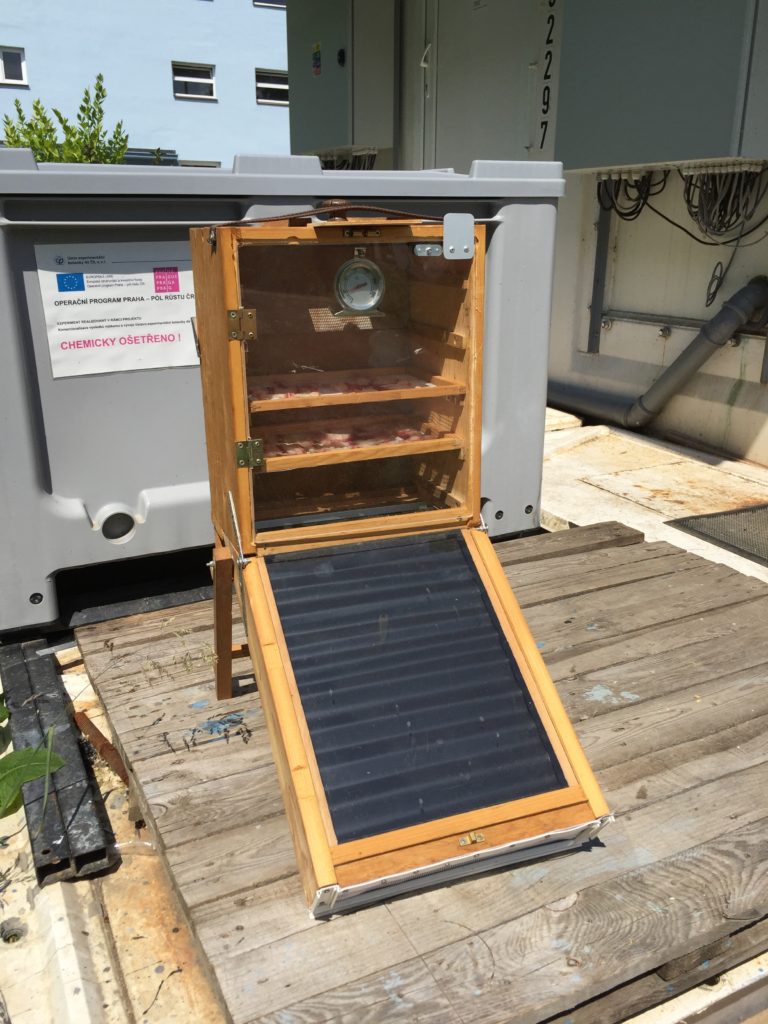Solar food dehydrator
Sun drying is a method of food preservation that has been around for thousands of years. To this day, in many countries, especially poor and nearer to the equator, food is dried in direct sunlight. The most commonly dried foods are spices, meat, vegetables, fruit, insects, but also rice, corn, cocoa beans and coffee beans.


On the territory of the Czech Republic, a country in a temperate climate zone, we have a different composition of food, which we can obtain either by our own production or by gathering - whether over the fence from a neighbor's garden, in the woods, or along a dirt road.
We also have less solar activity and less energy from the sun hitting our area. The range is roughly from 940 to 1440 W/m2. With a total sunshine time of 1400 to 1800 hours per year (15 to 20.5% of the time during the year). Up to 75% of solar activity is in the summer period.
And it is precisely because of the smaller allocation of sunlight and often lack of drying area that other versions of solar dryers used in the Czech Republic were and still are being developed.
Two basic conditions for drying
In order to dry anything, i.e. to remove much of the liquid, or dehydrate it, it is necessary to provide a supply of heat. This condition is provided by the heat energy supplied by the sun. The second condition is to ensure that the moisture evaporated from the surface of the dried food is removed.
This condition is ensured by a "draft" caused by sucking in air from the outside. This further takes up some of the moisture when it comes into contact with the surface of the dried food and releases it outside the dryer.


A solar dryer should perform multiple functions
- Capture more heat energy from the sun and use it to evaporate water from dried food.
- To store heat energy for longer periods of time, or to limit the cooling of the drying space if a cloud appears in the sky
- It should increase the usable area for drying, i.e. dry on multiple floors
- Provide air circulation to remove evaporated liquid from the surface of dried food - evaporation
- Protect food from sudden weather fluctuations such as rain and wind
- Protect dried food from pests, dust and dirt, especially from insects, birds, rodents, but also from bird droppings
- Smarter dryers can regulate temperature well, so that damage to food from uneven drying is reduced
Alternative name
Solar Fruit Dryer, Solar Dehydrator
English
Solar dryer, Solar Food Dehydrator
Category
food preservation, dehydration by drying
Asi nejtypičtějším představitelem solární sušičky vhodné do našich podnebných podmínek je sušička s odděleným sběračem tepelné energie ze Slunce (tepelným kolektorem) od prostoru pro sušení. Prostor pro sušení má často několik sušících pater nad sebou.
Také je nutné zajistit cirkulaci vzduchu. Užívanou možností je pasivní odtah komínem nad, nebo za sušícím prostorem, ať již komínovým efektem, nebo aktivním odtahem díky zabudovanému ventilátoru, který se instaluje na vstup, nebo výstup, případně na obě strany.
Aby byla sušička nezávislá na externí dodávce elektrické energie, použijeme na napájení ventilátoru malý fotovoltaický panel ideálně doplněný záložní baterií.
How to make a chimney effect
In order to achieve the chimney effect, i.e. to extract the air through the chimney outside the dryer compartment without using a fan, the chimney needs to be at the highest possible temperature.
For an explanation of the chimney effect, see for example wikiwand.com
Since we need to heat the air inside the chimney and don't want the dryer to have a chimney several metres high, we can help by building a chimney made of material that is easily heated by solar energy. That is, metal painted black. Alternatively, it is possible to increase the heating surface of the chimney by adding ribbing to the outside of the chimney.
Dryer orientation
Ideally, the solar collector should always be perpendicular to the sun. In practice, however, this unnecessarily complicates the situation and makes the cost of building the dryer more expensive. It is sufficient to place the dryer with the collector facing south.
The angle of the collector with the earth's surface should be approximately 35°. In fact, the same rules apply as for PV panel installation or a thermal collector (for water heating).
A little heat accumulation wouldn't hurt
In general, as a central European country with variable weather, we are not an ideal place for solar dryers. An interesting direction is to try to store some thermal energy to bridge the periods of clouds passing over the sun. Some are trying to place objects that like to store heat such as pieces of iron, rocks, or coarser sand in the lower drying space. Other experiments try to capture as much heat energy as possible by insulating the dryer walls well.
It is not easy to keep the temperature in the dryer at a constant value. A good solution is to equip the drying area with a temperature sensor connected to a thermostat that switches on the power supply to the circulation fan (exhaust or suction). The power source can be a small rechargeable battery charged via a controller from a small photovoltaic panel.
Another direction is to monitor the moisture content of food by measuring the resistance that the food gives off (the wetter, the less resistance). Instructions for driving with an arduino
Sources:
-
Instructions for solar dryer with material list CZECH
-
Description of more types of solar dryers ENGLISH
-
Description of the chimney effect CZECH
-
Internet tools for the correct orientation of the dryer (ENGLISH, CZECH)
-
Recommended drying temperatures CZECH
-
Instructions for controlling the drying according to the moisture content of the dried food ENGLISH
Chybí oběh vzduchu přes chladič s kondenzací a tím jeho předsušení pro zvýšení účinnosti vysoušení produktu.